George Harrison Visits
Bob Dylan, Byrdcliffe,
Woodstock, New York.
November 1968.
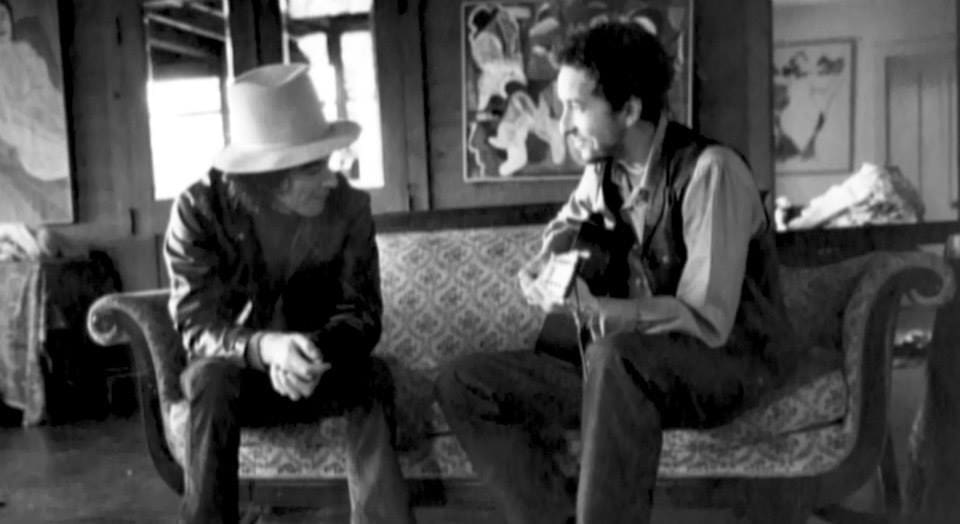
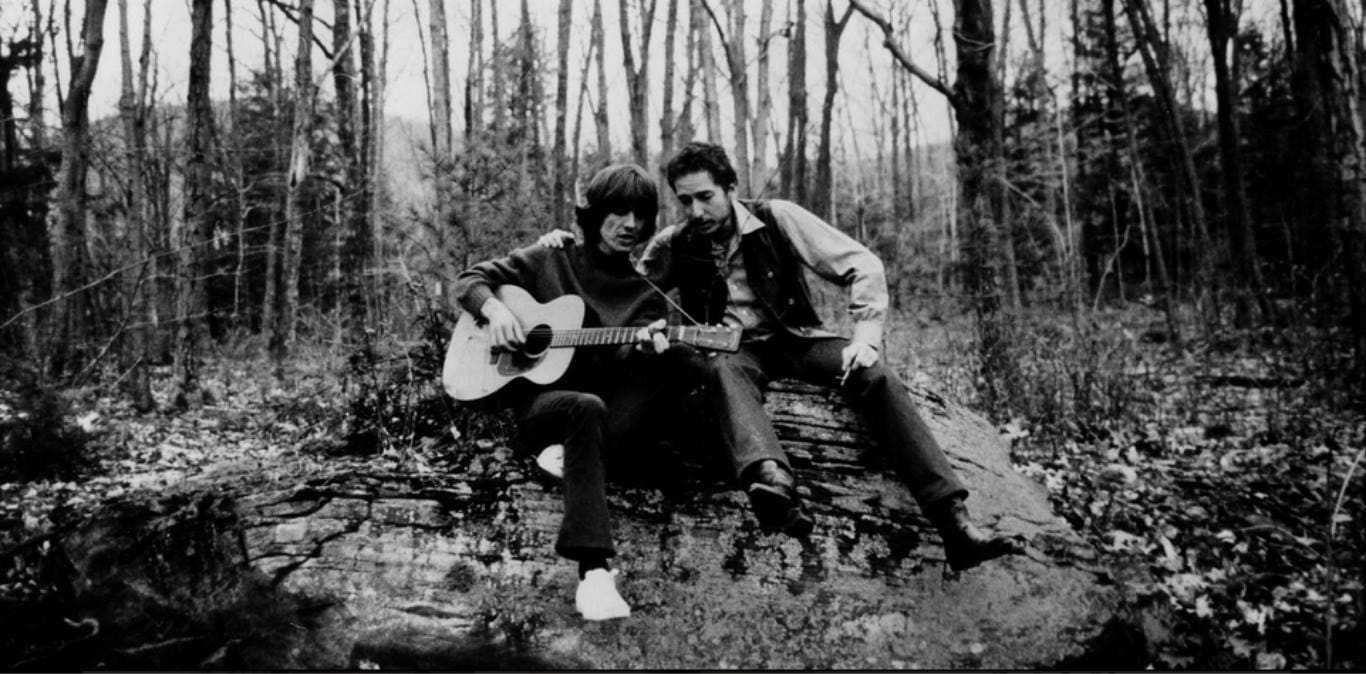
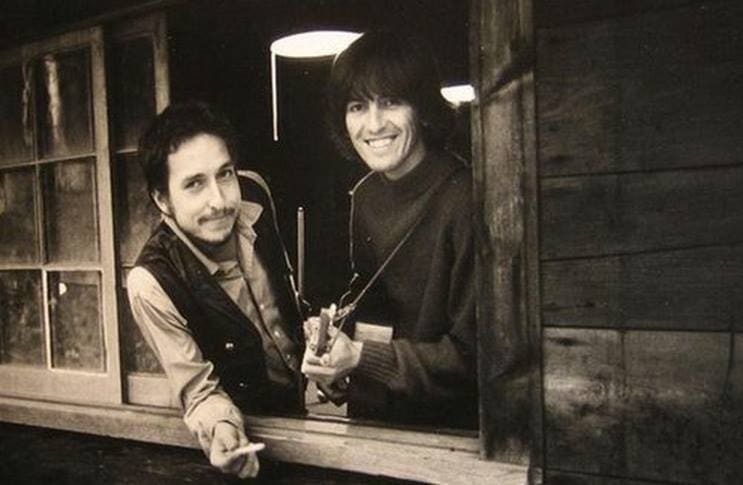
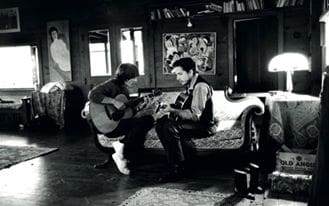
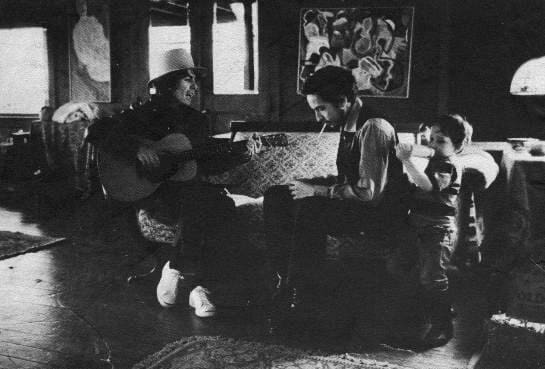
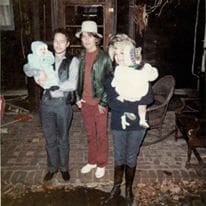
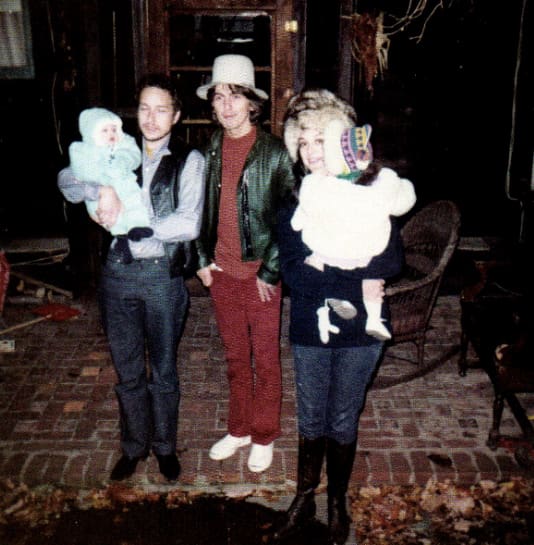
Source : https://www.facebook.com/media/set/?set=oa.927083947330138&type=1&hc_location=ufi
Photographs by Jill Krementz – who would later marry Kurt Vonnegut.

George Harrison Visits
Bob Dylan, Byrdcliffe,
Woodstock, New York.
November 1968.







Source : https://www.facebook.com/media/set/?set=oa.927083947330138&type=1&hc_location=ufi
Photographs by Jill Krementz – who would later marry Kurt Vonnegut.